Although mountain trekking poles have a long tradition dating back as far as the alpenstock, the long wooden stick with a metal tip, the widespread use of poles for walking and running in the mountains is more recent, coming of age at the turn of the new millennium. Activities such as Nordic walking and trail running have definitively demonstrated the usefulness of this simple but useful tool, bringing it to the attention of even those users who have long associated them with a support needed only by the less experienced.
“A multi-day trek in the mountains, whether it is a long weekend or a high route of a week or more, is a very different challenge from a day hike,” explains Marco Majori. “The backpack is heavier because you need more changes of clothing, the necessary overnight stays and, in some cases, even food. This not only means more physical and joint work, but also makes it more challenging to keep your balance on the trails. In addition, more protective and stiffer boots are used, which make walking less natural and further increase the physical effort to overcome height differences. I always recommend to be equipped with trekking poles, even just for a day hike, but even more so for a trek, where they can be a great help especially on the descent with tired legs and, when not needed, they weigh very little and don’t take up space because they can be folded up and attached to your backpack“.
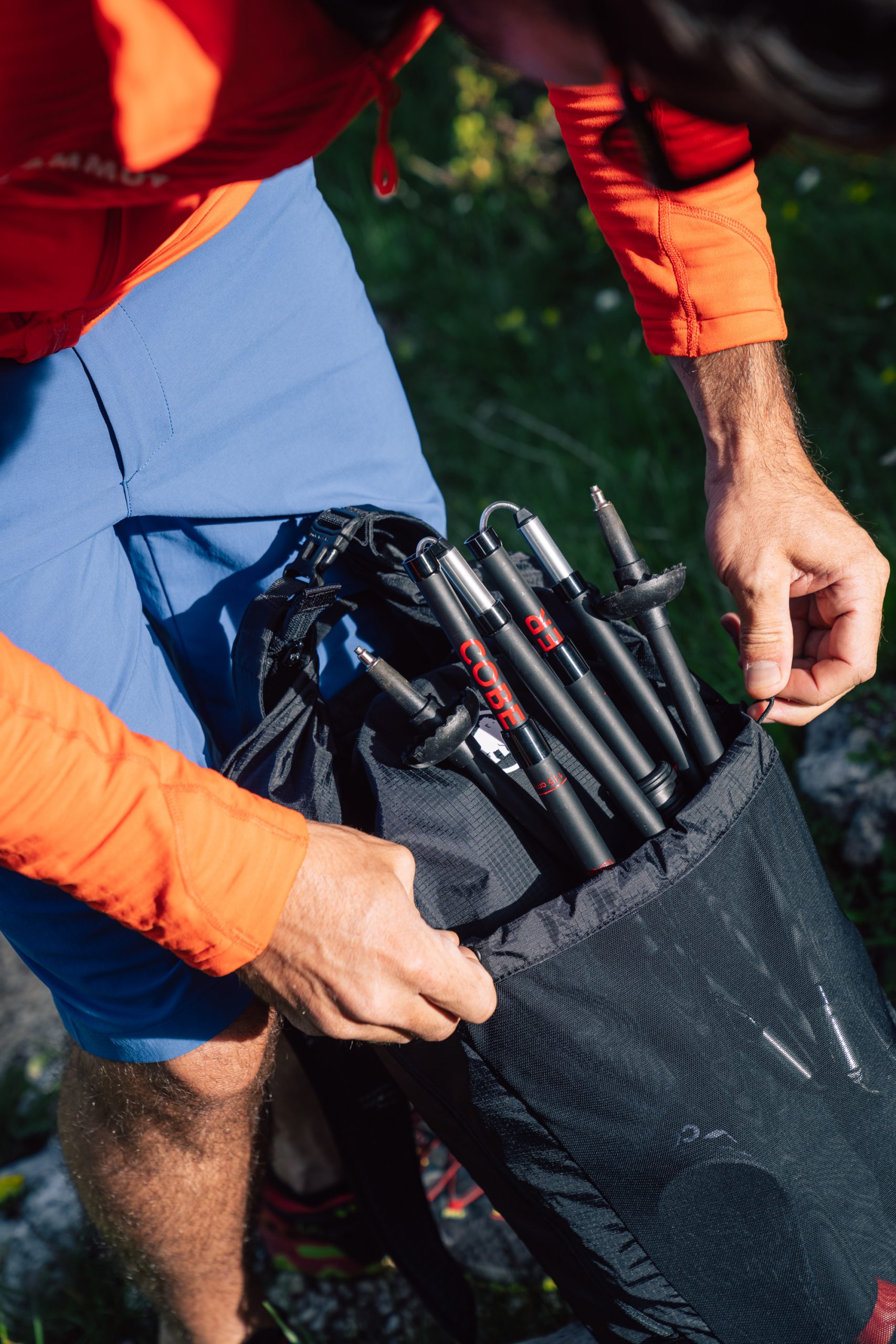
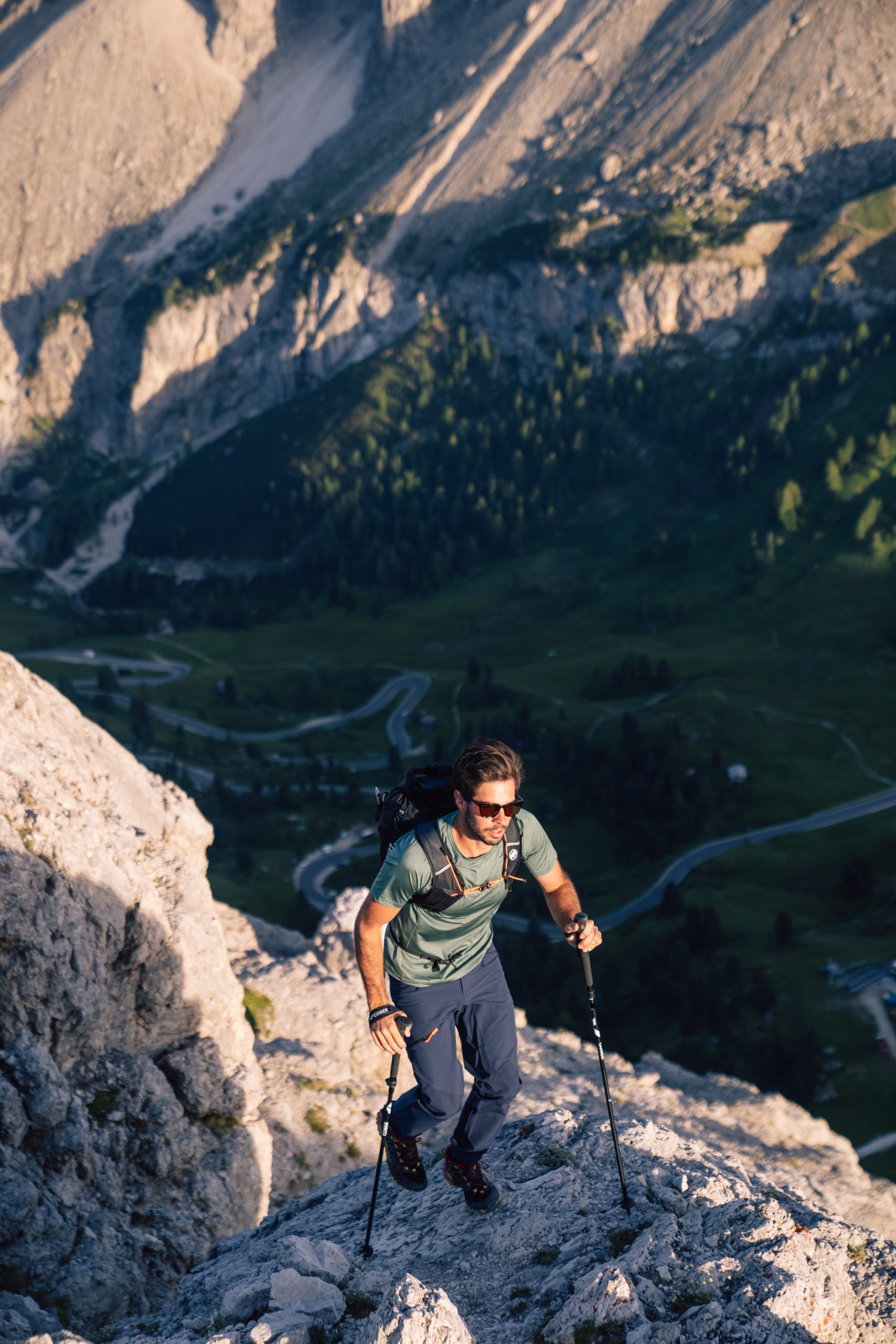
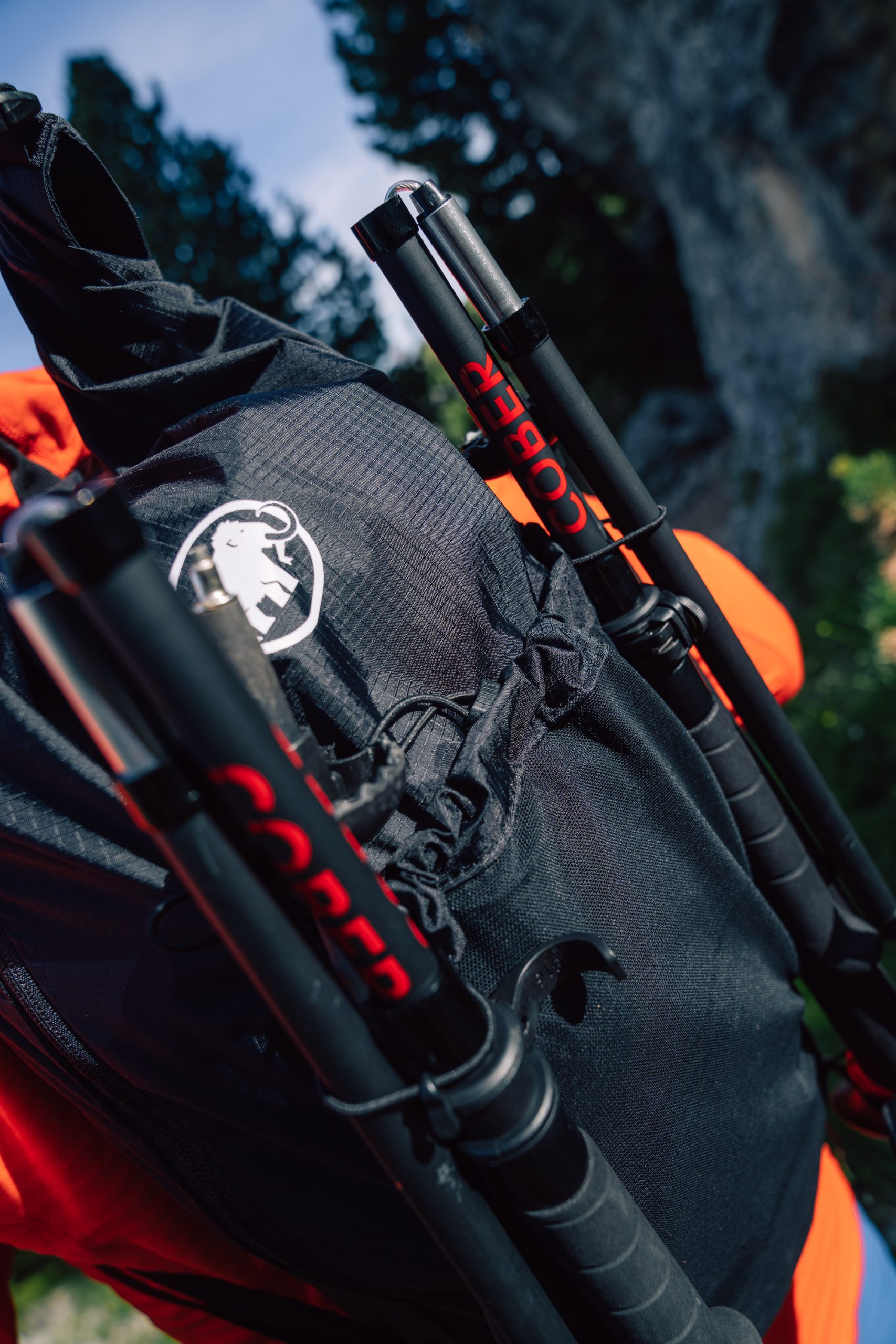
“I always recommend to be equipped with trekking poles, even if only for a day hike, where they can be of great help especially on descents with tired legs and, when not needed, they weigh very little and do not take up space because they can be folded and attached to your backpack” – Marco Majori
The main benefits of trekking poles are no longer a secret for mountain enthusiasts and can be summarised in three main points.
1. Better balance
This is undoubtedly the main point. Having two extra points of support transforms man into a quadruped, contributing significantly to more stable balance, both downhill and uphill. But that’s not all. Similarly to a tightrope walker’s pole, trekking poles increase rotational inertia and lower the centre of gravity, helping to maintain balance more easily.
2. Less fatigue
Thanks to trekking poles, when climbing uphill and on the flat you can make your arms, which are normally unused, do some of the pushing work. Without going as far as the force that is exerted in trail running or Nordic walking, trekking poles can be a great help especially when you encounter high steps to overcome, and when at the end of the day leg fatigue starts to set in.
3. Increased well-being
A less obvious but very important aspect is the benefit of using trekking poles for the body. The movement of the arms involved in walking helps keep the ribcage open, improving breathing. While the weight that is discharged onto the trekking poles relieves the load on the joints, especially the knees and ankles, and the spine.
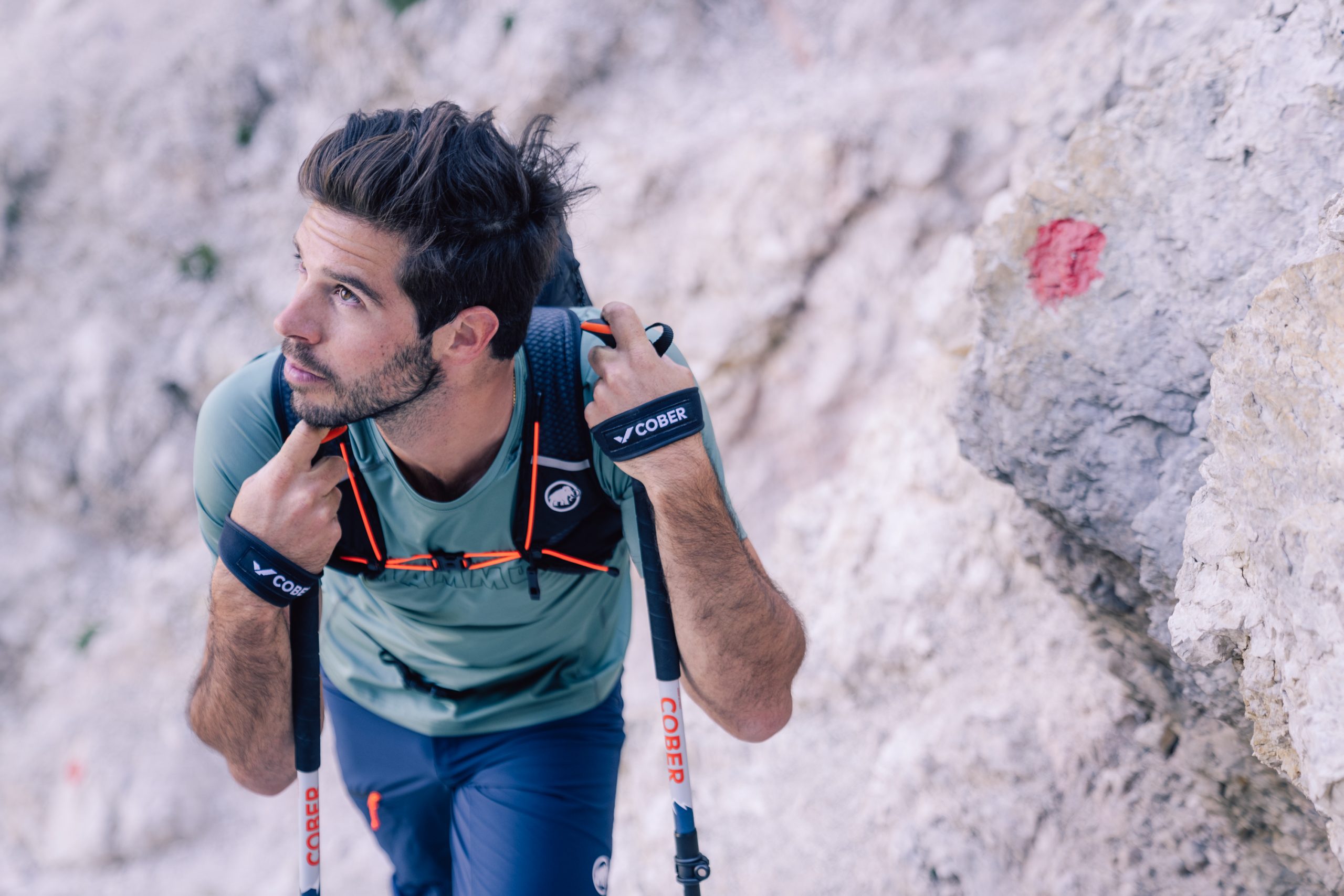
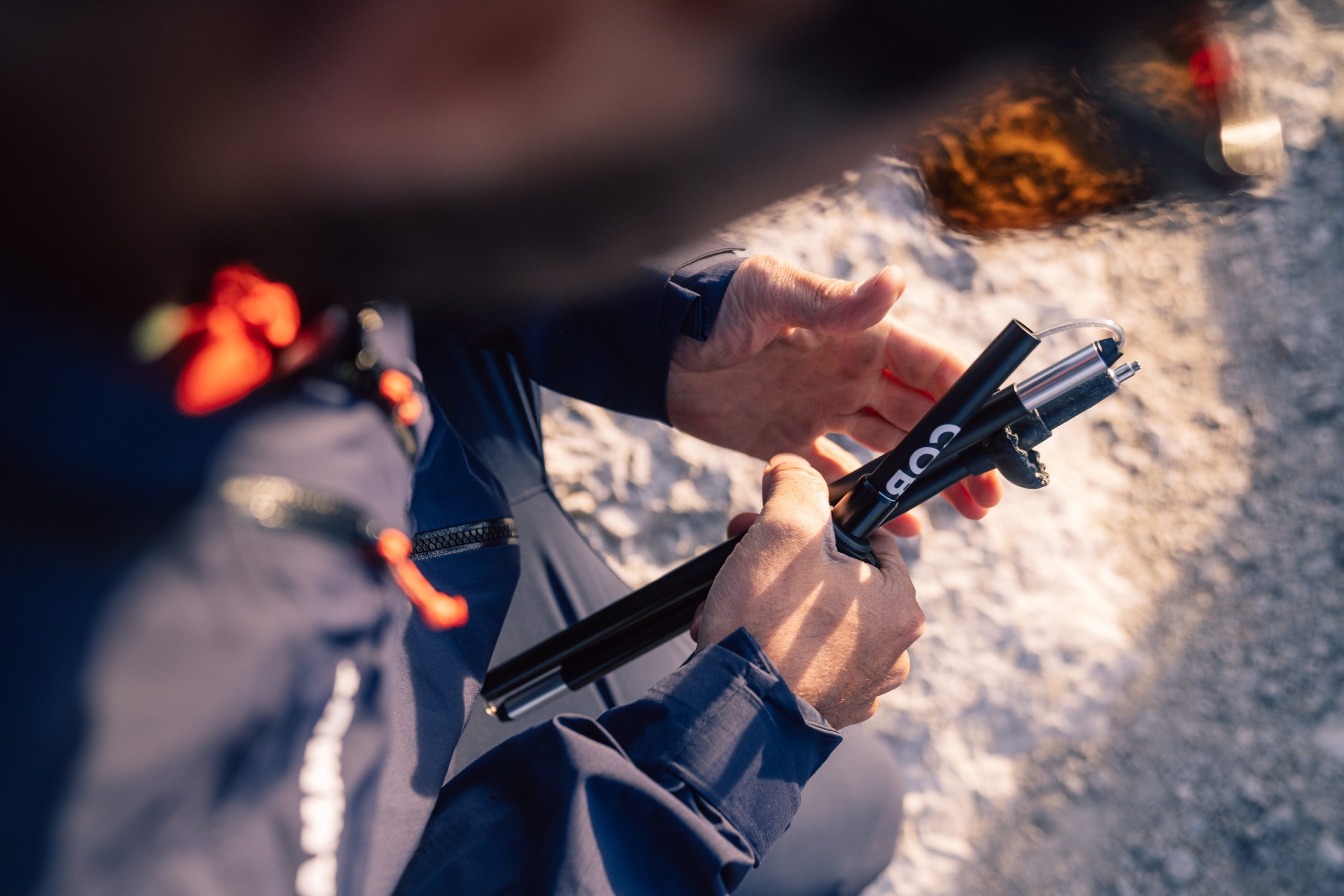
“Those who start using trekking poles often ask me for practical advice,” Marco Majori continues. “Truth be told, using them is very natural and individual. It is normal to be a little clumsy at the beginning, but everyone quickly finds their own style of use. There are, however, two safety instructions that I think are important. The first is not to use the strap when descending, because it can happen that the trekking pole gets stuck in a rock or a root, and having it attached to your wrist risks causing a fall. The second is to fold and attach the trekking poles to your backpack in the more technical passages, when there is an equipped passage, and you need both hands free to proceed”.
